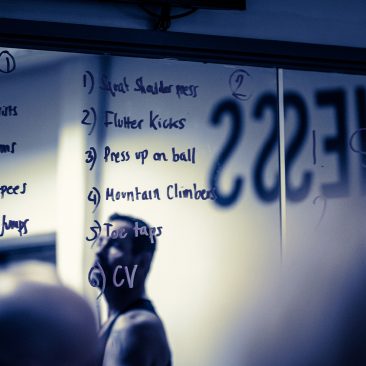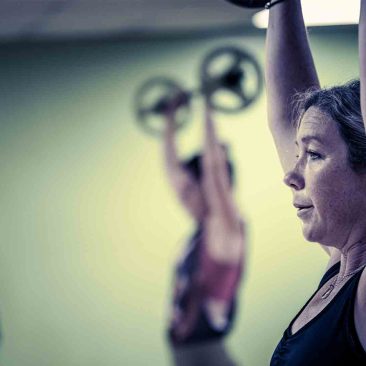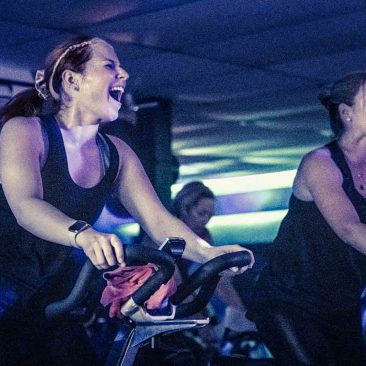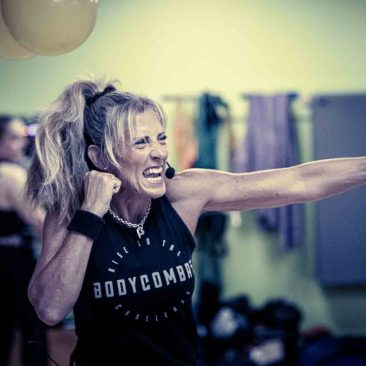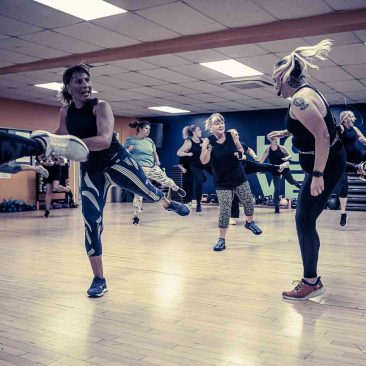
What is Cardio Training?
Cardio (short for cardiovascular AKA relating to the heart and blood vessels) training is any kind of exercise that gets your heart working harder. Any time you’ve gotten a bit out of breath and sweaty running for a bus, dancing in a nightclub, doing the housework, or chasing the kids beach ball that got away from them, that’s cardio! And making time for regular cardio exercise makes all those things, and more, far easier.
Cardio workouts might involve using a machine, such as a treadmill, elliptical, or exercise bike. They include the vast majority of sports and athletics, workout classes, aerobics and dancing.
It also includes many functional everyday activities such as walking, running, cycling, manual labour, and even vigorous gardening or housework!
Why Should I Do Cardio Training?
Cardio training is one of the best things you can do for both your physical and mental health. Regularly working out your heart reduces your risk of heart disease and high blood pressure, as well as many other health conditions, in the long run, but it can make a huge difference in your day to day life as well.
Housework, commuting, playing, running errands, and so many hobbies are just some of the areas of life that can be made easier with better cardiovascular health. Your lungs also benefit as the increased oxygen required for a cardio workout causes them to work harder, which strengthens the lungs over time.
It’s not just your body that benefits from a cardio workout. Exercise is one of the best tools we have to improve our mental health. When we are physically active our brain releases endorphins – the feel-good hormones – as a reward. It’s a holdover from our prehistoric selves, when being able to run away from predators was necessary for our daily survival!
We’ve got plenty of tips on using exercise to help you with your mental health on our blog.
The NHS recommends that adults should aim to do a minimum of 150 minutes of physical activity over a week, and should try to be active on a daily basis. If your lifestyle is currently more on the sedentary side, and this seems intimidating, don’t worry! It’s ok to start small and work your way up to those 150 minutes. A little bit when you can manage it is better than nothing at all.
Even just 10 minutes of cardio a day is enough to make a difference to your health, so it’s a great beginner goal to aim for.
Activity that’s already part of your everyday life counts towards those active minutes, so a great way to build up confidence is to spot the moments in your life when you’re active already and build on them. You might be doing more than you think! Do you carry the shopping home up a hill? Kick a ball about with the kids in the park? Have a boogie round the kitchen when your favourite song comes on the radio? That all counts.
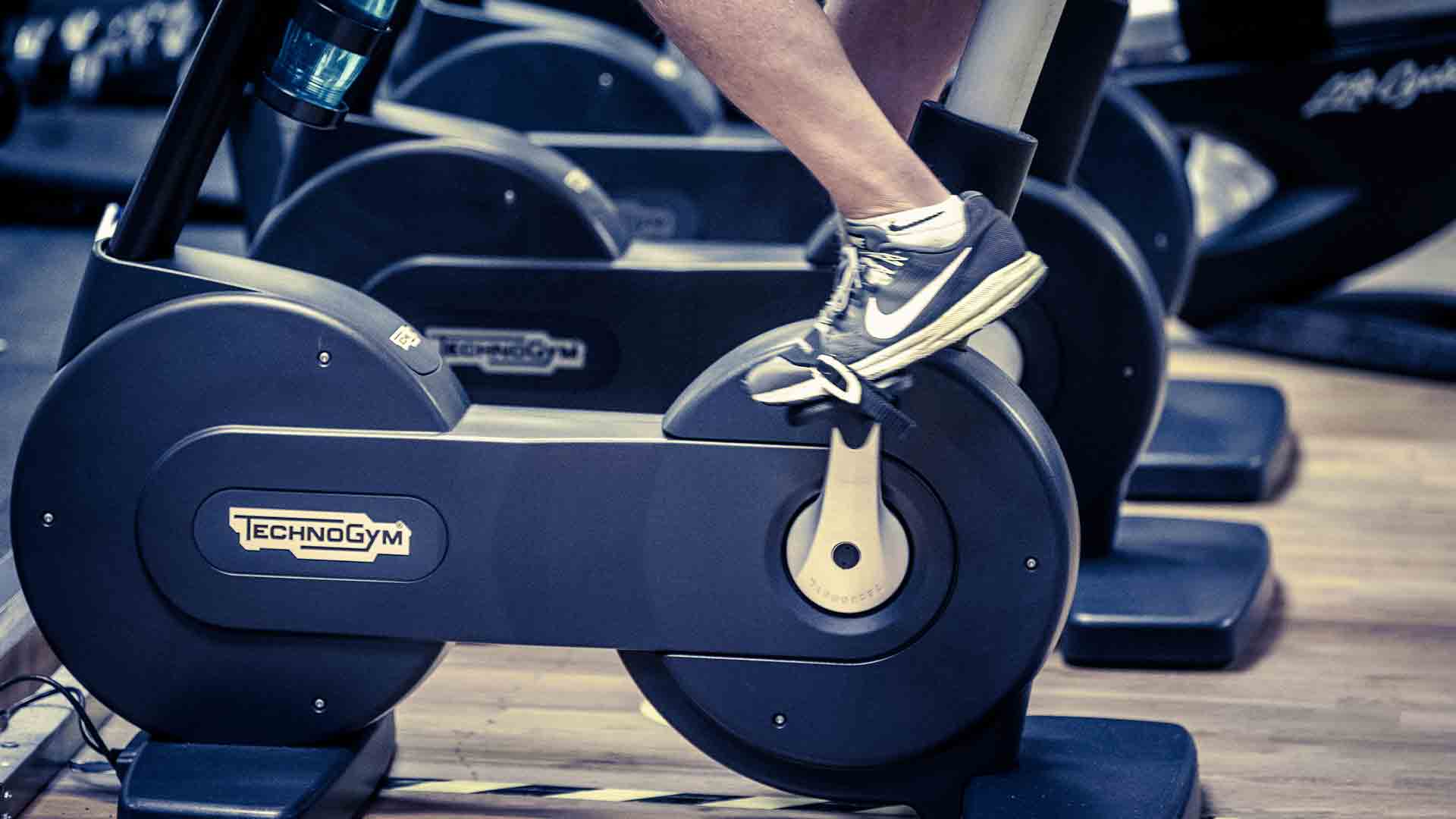
What Should I Expect From Cardio Training?
During a cardio workout your heart rate and breathing rate should be raised from their resting state to a moderate to vigorous level for at least 10 minutes. You’ll be sweating a bit, feel warmer and might be flushed. These are all good markers to know you are giving that heart a good workout!
At a moderate level of cardio exertion you should require some effort to sustain your pace, but still be able to hold a conversation. At a high intensity level such as in a HiiT workout it will require focus to sustain your pace, your breathing will be laboured quite quickly, and it will be hard to say more than a few words.
We have Myzone screens and belts at Hove Fitness & Squash which you can use to monitor your effort levels and ensure you’re in the optimum heart rate zone.
It’s really important to include a warm up and cool down into every cardio workout. This lets your heart increase and decrease its effort safely. A good warm-up for cardio will include dynamic stretching (that’s moving throughout the stretch rather than just holding it still) and a slower version of the activity you’re doing to start and finish.
For example if you’re going to run you should start and finish with a brisk walk, and move up through a slow jog to reach your optimum pace. Once your body is feeling warm you can increase your pace to a moderate intensity. Stay at that intensity for 5-10 minutes, and then decrease your pace slowly. Finish by repeating your stretches to help relax the muscles and promote recovery.
An example of a beginner level cardio running workout could be:
- Warm up by walking briskly on the spot and swinging your arms for 3 minutes to get the blood moving to your legs and arms.
- Do some dynamic stretching for a few minutes. Forward, backward and side lunges, straight and bent knee lateral swings, and hamstring sweeps are some good options for runners. Ask our experts to teach you how, and make sure your form is correct.
- Set your treadmill to a slow pace, and begin walking.
- Increase the speed through a power walk, and then to a light jog
- Once you reach a speed where you are beginning to notice your heart beating faster, and breathing becoming heavier try and maintain that pace for 5 minutes. If that’s too hard for now it’s ok to alternate a minute of running and a minute of walking and increasing the intervals until you can sustain that pace.
- Decrease back down through a jog, to a walk.
- Slowly work through the stretches again.
- Congratulate yourself!
Where Do I Begin?
There are several ways you can begin, depending on what most interests you and fits in with your lifestyle.
- Sign up for a session with one of our personal trainers, to show you how to use all the different machines in our gym, and help you come up with a training plan. We have a wide range of equipment, so there’s something for everyone.
- Join A Class. There are so many options from Spin Class to Body Pump, Zumba to Boxercise, FiiT Zone to Step Blast, there’s bound to be something you enjoy. Classes are a great and cost effective way of getting expert advice and motivation. Get all the guidance and expertise you need from our fantastic teachers and enjoy the friendliness and motivation of working out in a group.
- Play A Sport. If competition is the best way to get you moving faster then get together with some friends and get a game going. We have a fantastic Squash and Racketball club here so why not give it a go? There’s nothing like the determination to beat a friend to get the blood pumping!
- Put Your Trainers On And Head Outside. Right now! Yep, leave the blog for 10 minutes, put those trainers on, add a raincoat if it’s chucking it down, and just go for a brisk walk up and down the street. Back? Doesn’t that feel better?
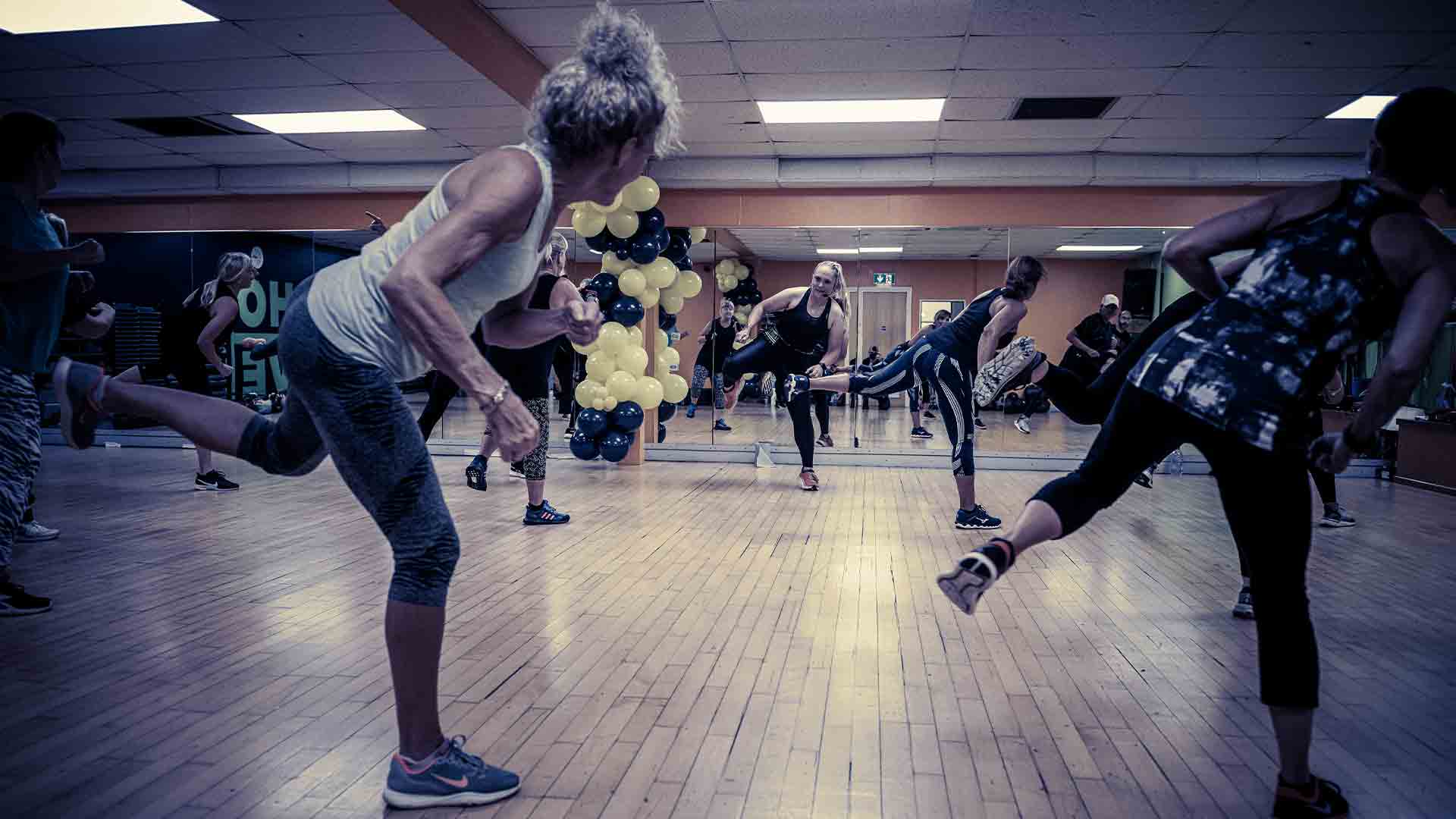
If you’ve never done cardio training before:
First things first, it’s always a good idea to check in with your doctor before starting any new exercise plan. They should be able to help you find ways to work around any existing injuries or health conditions and recommend what exercise would be beneficial to you.
Start small and slow. 10 minutes, 3 times a week is enough to start seeing improvements in your fitness, and once you get the hang of things you can increase the amounts.
New members at Hove Fitness & Squash get a free trial class or gym session this month so it’s a great way to get introduced to something new and learn the ropes!
If you’re struggling to feel inspired or overwhelmed by the options then try and think back to games and hobbies you enjoyed as a child. If you used to like playing tag, then sprinting might be for you. If you were always exploring the countryside you’ll love our Upright Matrix Virtual bikes, so you can cycle around the world without having to go out in the cold!
If you were a theatre kid you can live out those West Side Story fantasies in our Latin Salsa classes! Don’t worry if at first you feel you can’t keep up. In fact, make a list of all the things you struggled with in your first session, and when you look back at it in the future it will be a great reminder of how far you’ve come.
If you haven’t done cardio training in a long time:
Firstly – don’t panic! Often if we’ve had a long break from our workouts due to illness or injury, or just life getting in the way, it can be really disappointing to see we can’t just pick up exactly where we’ve left off. It’s important to remember “I’ve done it before, I can do it again!”. Find encouragement in your muscle memory knowing what to do, and let your fitness catch back up.
Start at the slowest pace you can, then slowly speed up until you feel you’re at a pace that’s challenging but sustainable and go from there. Consistency is key to good results, so try and get in a little workout every day. Before you know it you’ll be back to where you left off.
If you already do cardio training but want to try something new:
If you’ve been doing cardio workouts for a long time, but want to feel that beginner’s excitement and challenge again it’s time to mix things up.
For more of a physical challenge try incorporating weights into your usual workout to increase resistance, or focus on high intensity interval training and push yourself to maximum capacity for short bursts. We have daily FiiT Zone and HiiT sessions Monday-Friday to make sure you’re really pushing yourself to the max.
If you’re bored of your usual routine then become a beginner again and dive into something new!
If you’ve always gotten your workout through sport try our Jazz Dance or Latin Salsa classes and learn to move to music! If you always stick to the same machine every time you come to the gym then try our FiiT Zone or Circuits classes to try out a range of equipment and moves, and get a total body workout. If you’ve always focussed on speed, try and work on your form instead. There are so many ways to bring back that spark.
If you have any questions about getting started then don’t be shy. Get in touch and we’ll help you begin!
